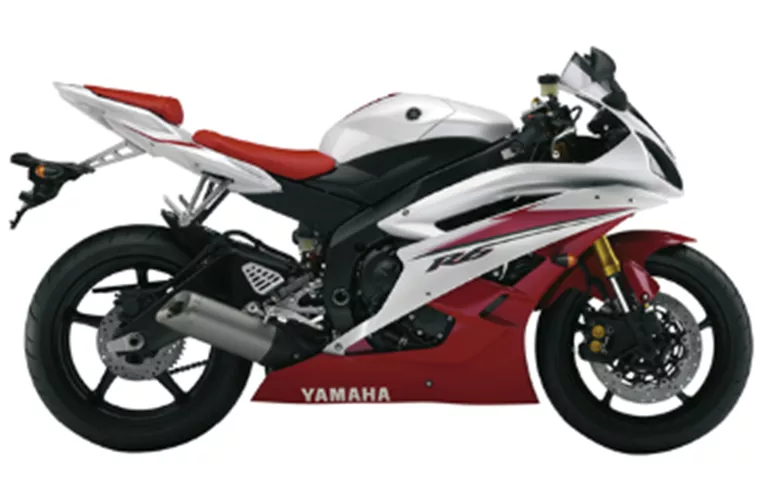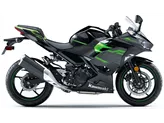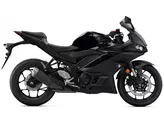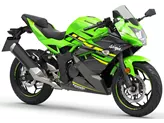Yamaha YZF-R6 2007 vs. Kawasaki Ninja 650 2017

Yamaha YZF-R6 2007

Kawasaki Ninja 650 2017
Overview - Yamaha YZF-R6 2007 vs Kawasaki Ninja 650 2017
The Yamaha YZF-R6 model year 2007 and the Kawasaki Ninja 650 model year 2017 are both popular choices in the supersport motorcycle category. While they have some similarities, there are also significant differences between the two.
In terms of engine power, the Yamaha YZF-R6 2007 takes the lead with 120 HP compared to the Kawasaki Ninja 650 2017's 68.2 HP. This means that the Yamaha offers a more powerful and exhilarating riding experience.
The engine configuration is also different between the two models. The Yamaha YZF-R6 2007 has a 4-cylinder engine, while the Kawasaki Ninja 650 2017 has a 2-cylinder engine. The Yamaha's larger number of cylinders typically results in smoother power delivery and better overall performance.
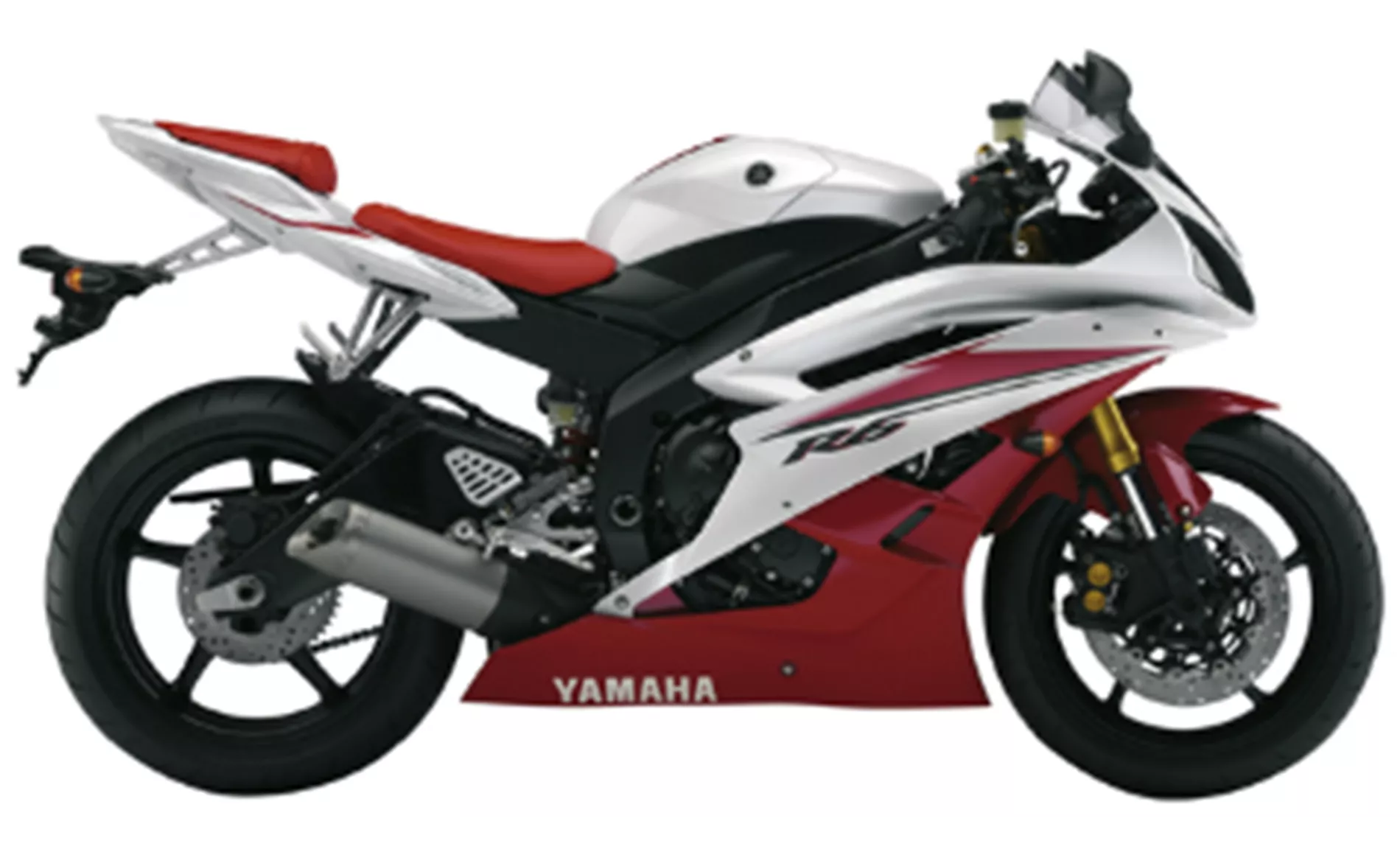
Yamaha YZF-R6 2007
In terms of displacement, the Yamaha YZF-R6 2007 has a 600ccm engine, while the Kawasaki Ninja 650 2017 has a slightly larger 649ccm engine. This means that the Kawasaki may offer slightly more torque and low-end power compared to the Yamaha.
When it comes to dimensions and weights, the Yamaha YZF-R6 2007 has a wheelbase of 1385mm, while the Kawasaki Ninja 650 2017 has a slightly longer wheelbase of 1410mm. The Yamaha also has a higher seat height of 830mm compared to the Kawasaki's 790mm. These differences may affect the handling and maneuverability of the motorcycles, with the Yamaha potentially being more stable and the Kawasaki more agile.
In terms of fuel tank capacity, the Yamaha YZF-R6 2007 has a larger capacity of 17 liters compared to the Kawasaki Ninja 650 2017's 15 liters. This means that the Yamaha may have a longer range before needing to refuel.

Kawasaki Ninja 650 2017
Both motorcycles have their own strengths and weaknesses. The Yamaha YZF-R6 2007 boasts a revised and improved engine, optimal braking system, very high top speed, easy handling, agility, stability, precise transmission, and an anti-hopping feature. However, it is known for its complicated handling, increased overall weight, lack of a steering damper, and an aggressive seating position.
On the other hand, the Kawasaki Ninja 650 2017 features a transparent chassis for a sporty look, playful and good-natured handling, excellent brakes, sharp looks reminiscent of the ZX-10R, and a resilient engine. However, it may lack the aggressive sound from the stock exhaust and may exhibit slight vibrations from the engine.
In conclusion, the Yamaha YZF-R6 2007 and the Kawasaki Ninja 650 2017 are both capable motorcycles in their respective categories. The Yamaha offers more power and a higher top speed, while the Kawasaki provides a more playful and agile riding experience. Ultimately, the choice between the two will depend on the rider's preferences and priorities.
Technical Specifications Yamaha YZF-R6 2007 compared to Kawasaki Ninja 650 2017
Pros and Cons in comparison
Pros and Cons in comparison
Yamaha YZF-R6 2007
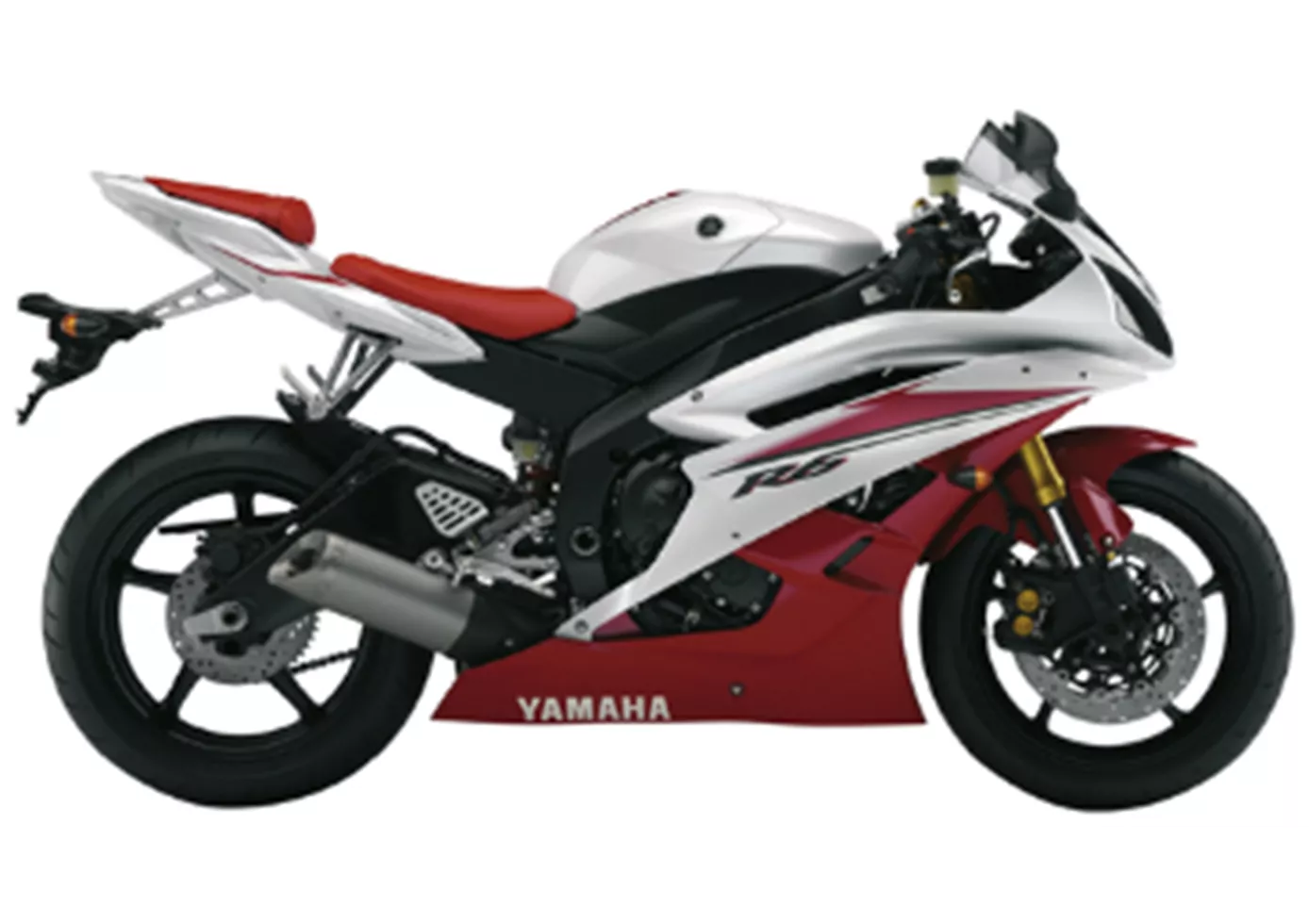
Overall, the R6 has improved tremendously compared to its predecessor. With the perfect handling, it is great fun to improve the lap time every lap.
Kawasaki Ninja 650 2017

The Ninja 650 firmly stamps its predecessor (Er-6f). The engine has mastered the Euro 4 hurdle well and serves up a very usable 68 hp, the chassis is simply great for this class, and the weight reduction of 18(!) kilos compared to the ER-6f justifies reverent nods.
Price Comparison Avarage Market Price Yamaha YZF-R6 vs Kawasaki Ninja 650
There are a few key differences between a Yamaha YZF-R6 2007 and a Kawasaki Ninja 650 2017. It takes less time to sell a Yamaha YZF-R6 with 43 days compared to 96 days for a Kawasaki Ninja 650. Since model year 2005 1000PS.de editors have written 33 reviews for the Yamaha YZF-R6 and 20 reviews for the Kawasaki Ninja 650 since model year 2017. The first review for the Yamaha YZF-R6 was published on 17/10/2002 and now has more than 3,600 views. This compares to more than 79,600 views for the first review on Kawasaki Ninja 650 published on 04/10/2016.
